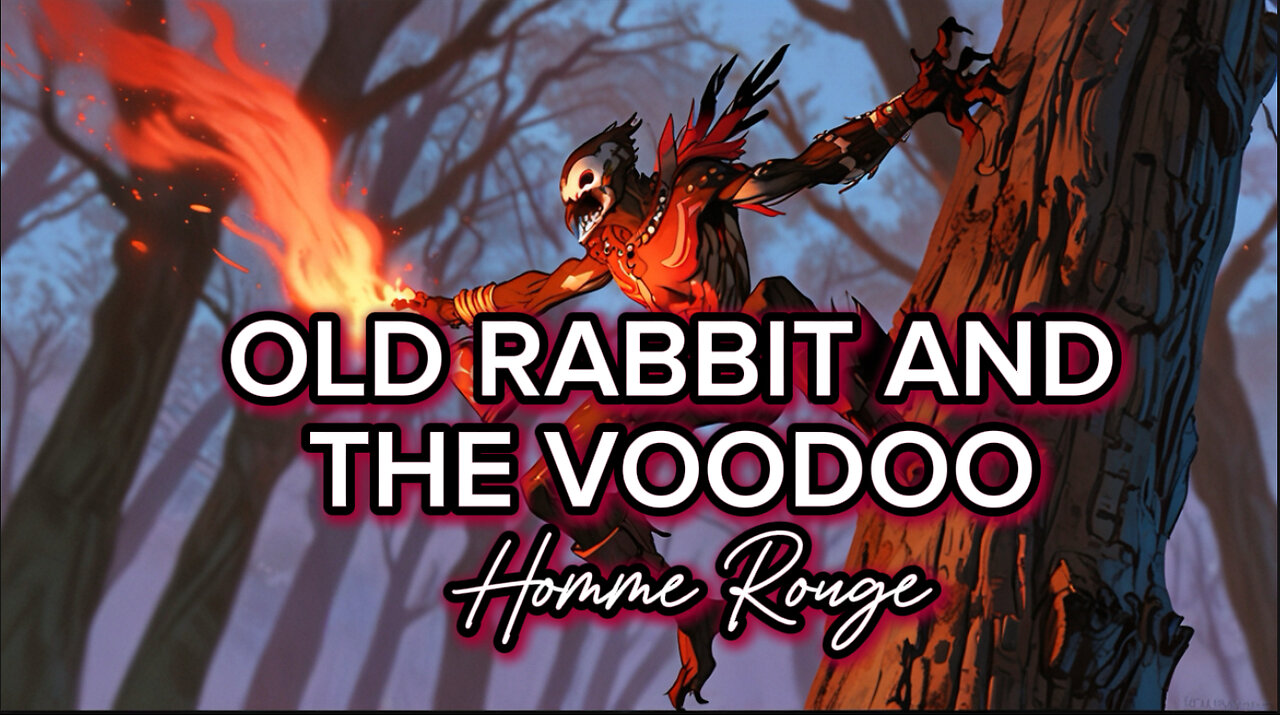Premium Only Content

How Woodpecker Created the Bat & The Cautionary Tale of Jean Jean Lavallette
In the narrative "How Woodpecker Made a Bat," Big Angy recounts an engaging folktale featuring Woodpecker, who, while seeking medicine on the prairie, overhears a treacherous plot by Field-Mouse and Night-Hawk to eat his young. They intend to frame Black-Snake for the crime, believing this will grant them powerful sorcery. Woodpecker outsmarts them by magically transforming most of his children into birds, leaving one destined to be the last eaten. When Field-Mouse and Night-Hawk carry out their wicked plan, they eventually consume all but the last bird filled with pebbles. This bird causes the two predators to become inseparable after a struggle, resulting in their transformation into bats. The narrative explores themes of cunning, survival, and the intertwining of fates among various creatures. Big Angy’s storytelling style, infused with a lively dialect, captivates her audience, which includes Granny and Tow Head, prompting them to engage with the lore. Furthermore, Angy transitions into a second tale about Jean Jean Lavallette, a wealthy but idle man who, after becoming a drunkard, mistreats his wife and neglects his responsibilities. His reckless behavior leads to disastrous consequences, including the death of his child and the loss of his possessions. In a moment of rage, he throws a whiskey jug at a woodpecker—the mythical homme rouge—only to suffer severe consequences for his actions, ultimately leading to his death. Both tales are woven with moral lessons, warning against greed, idleness, and mistreatment of others, and reinforcing the cultural significance of storytelling in imparting wisdom. Tow Head's eagerness for more stories highlights the importance of oral traditions in preserving knowledge and culture, while the vivid imagery and moral undertones foster a deeper understanding of both human and animal connections in these mythical narratives.
-
 LIVE
LIVE
The Quartering
3 hours agoThe MAGA Wars Have Begun! Vivek & Elon Get Massive Backlash & Much More
4,467 watching -
 DVR
DVR
Kim Iversen
2 days agoStriking Back: Taking on the ADL’s Anti-Free Speech Agenda
30.3K6 -
 49:35
49:35
Donald Trump Jr.
7 hours agoA New Golden Age: Countdown to Inauguration Day | TRIGGERED Ep.202
100K125 -
 1:14:34
1:14:34
Michael Franzese
5 hours agoWhat's Behind Biden's Shocking Death Row Pardons?
46.6K27 -
 9:49
9:49
Tundra Tactical
4 hours ago $1.92 earnedThe Best Tundra Clips from 2024 Part 1.
16.3K2 -
 1:05:19
1:05:19
Sarah Westall
4 hours agoDying to Be Thin: Ozempic & Obesity, Shedding Massive Weight Safely Using GLP-1 Receptors, Dr. Kazer
28K8 -
 54:38
54:38
LFA TV
1 day agoThe Resistance Is Gone | Trumpet Daily 12.26.24 7PM EST
11.9K3 -
 58:14
58:14
theDaily302
13 hours agoThe Daily 302- Tim Ballard
30.1K1 -
 13:22
13:22
Stephen Gardner
6 hours ago🔥You'll NEVER Believe what Trump wants NOW!!
72.7K204 -
 54:56
54:56
Digital Social Hour
1 day ago $8.21 earnedDOGE, Deep State, Drones & Charlie Kirk | Donald Trump Jr.
42K4